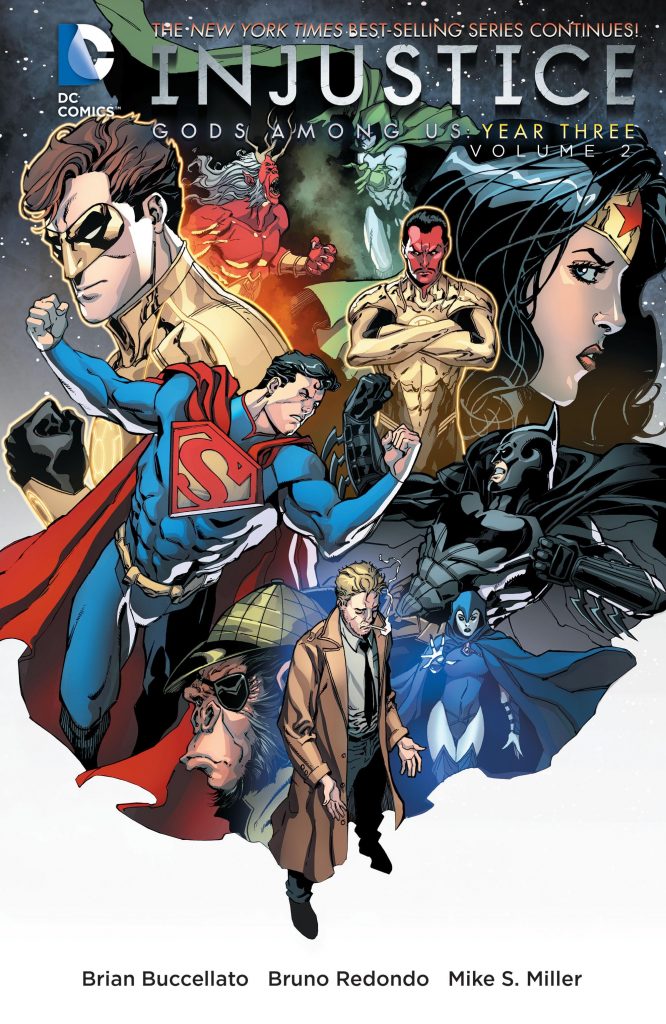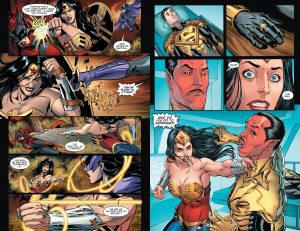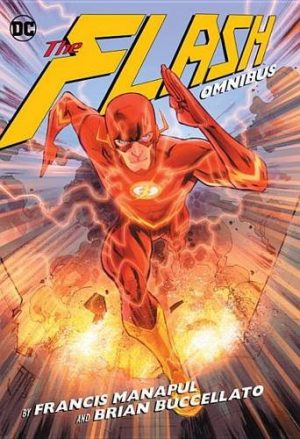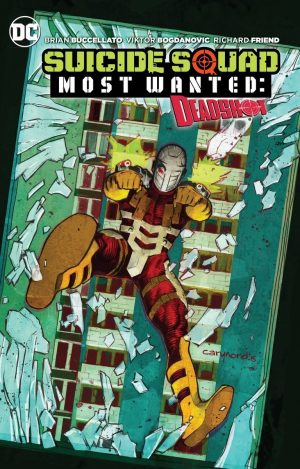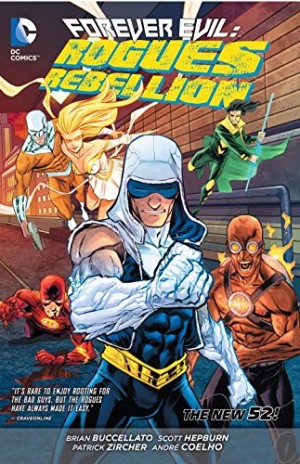Review by Karl Verhoven
Credits at the start of Year Three, Volume Two bear witness to a sad loss. Tom Taylor, writer of Injustice over the previous five graphic novels, and Year Three Volume One, departed to concentrate on other projects, bequeathing Injustice to Brian Buccellato. Buccellato seems to be working with some of Taylor’s plots, such as the early revelation as to who’s been masquerading as the Spectre and exactly why, and perhaps the broader aspects of what plays out over the final third, but between those points there’s a considerable amount of superhero punch ‘em up as Buccellato finds his way into ongoing events. It takes some time.
There are two ways to consider the content occupying around half this book. The charitable way is to look at it as the slam-bang, all-out battle between Batman’s team (broadly good) and Superman’s team (broadly bad) that we’ve not seen since Year One, Volume Two. Alternatively, it’s an extremely padded and extended sequence with only the location saving it from being a standard superhero set-to, and as the location is abstract and undefined, the compensations are few. The invention is in what’s going on around the heroes, prompted by the surprise revelation, but it’s something on a scale beyond human imagining.
“Nobody ever started a fight because they thought they were wrong” is one of several pithy comments delivered by John Constantine, but his is the only dialogue that really stands out, another assessment of Batman toward the end also memorable. Buccellato’s dialogue moves the plot forward as intended, but without the extra layer of resonance Taylor provided.
With Mike S. Miller and Bruno Redondo again drawing almost the entire book, there are no visual problems, their styles merging very well, bearing in mind that the original publication was weekly digital instalments where any differences would have mattered very little. Sergio Davila, Pete Woods and Xermanico contribute guest chapters, two of them on pieces at the end of the book offering explanations as to why some characters haven’t been seen in the Injustice world. Buccellato explains the absence of the Teen Titans, but the better piece is by Ray Fawkes. It serves as an epilogue, but is cleverly structured to show John Constantine’s machinations prior to what transpired during Year Three and why some other members of DC’s magical community were absent during those events.
There have been some changes to both Superman’s attitude and Batman’s capacity to oppose his plans during Year Three, and it leaves Buccellato with a relatively clean slate to begin his own plots in Year Four. As previously, this and volume one were eventually compiled in Year Three – The Complete Collection.
